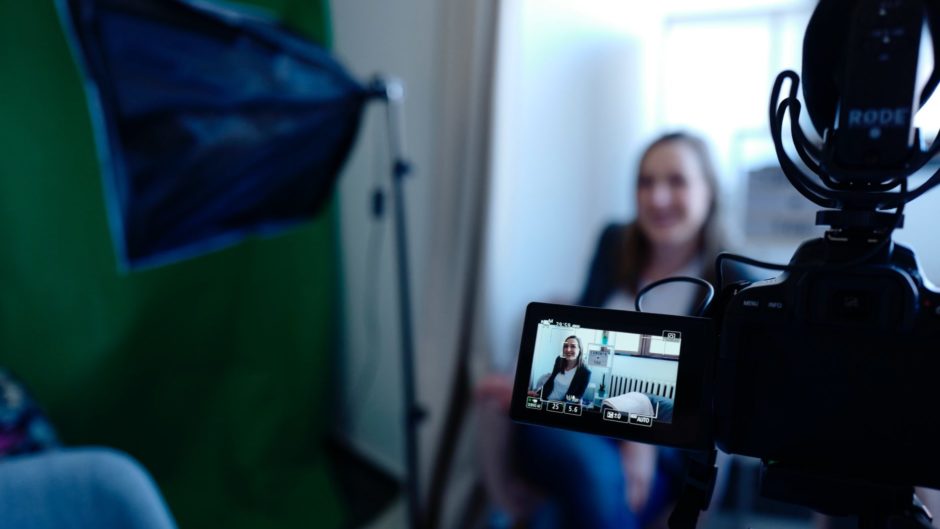
When you’re part of a human-centered design company, you inevitably have to talk to some humans.
Unlike some design teams that have separate roles for research and design, Fuzzy Math designers take ownership of our own research at every step of the project, from open-ended exploratory research to more structured validation testing. Our philosophy? If you let someone else do the research and draw the insights, you inevitably lose sight of the big picture. Is it hard to lead initial research without diving straight into putting together wireframes? Is it tough to maintain distance from your design during validation testing? Of course. But at the end of the day, both the designers and the design are better off for it.
This combining of research and design roles forces you, the designer, to maintain a level of independence from your final work, and retain some humility. There will be no advocating for your design, no telling the user that it’s right or wrong. Their ability (or inability) to accomplish tasks is paramount.
Of course, if your company does separate research and design roles, we still argue that it’s important to let your designers sit in on the research. Even if they aren’t leading the session, by listening first-hand to users initial frustrations and blockers and by hearing honest and unfiltered reactions towards a design, designers get valuable insight into the success of a product.
We’ve compiled some of our top tips on getting the most out of your user interviews, no matter your role:
Practice, practice, practice
And while you’re at it, record your sessions. Listening to your own recordings is painful, but absolutely crucial to helping you grow as an interviewer.
Start with a series of assumptions or themes
These could come from the stakeholders, or they could be a collaborative effort at defining the problem. Either way, your goal is to gain insights around these particular topics.
Group your questions
Organizing your questions around those same themes sets you up for a conversational and natural-sounding interview. It makes it easier to customize your interview on the fly, without taking the time to scan through your notes, looking for the next question to ask.
Instead, you can track the insight you’re gathering about a particular theme, and skip to the next one when you’ve gotten what you need.
Include a mix of broad and specific questions
We’ve all done user interviews that are like pulling teeth. And though we try to keep interviews both engaging and insightful, sometimes that’s just not possible.
Open-ended questions can be great for a certain type of participant—the ones who take a thought and run with it, to the point that you might need to step in and bring them back to the topic at hand. But for other participants, high-level, open-ended questions can be really hard to answer. Asking your users to draw from recent experience and/or bringing in examples can help spark ideas, and more specific follow-up questions can sometimes help tease out more information from your participants.
When in doubt, over-prepare
You should have more questions prepared than you think you’ll need. Having those in front of you, even if you don’t get to half of them, helps keep the conversation moving.
But you should also have enough participants that it’s okay if some people just aren’t that talkative. When dealing with very specific roles, we try to source 6-8 people per role. When dealing with a more general audience, we aim to talk to around 12 people. Yes, you’ll inevitably start to hear the same things over and over again. But it is always better to go into a project with a full understanding of the user.
Feel ready to tackle your own user research? Check out more on user research at Fuzzy Math:
